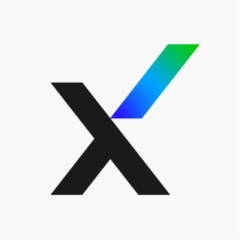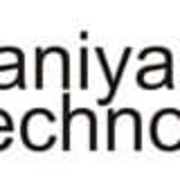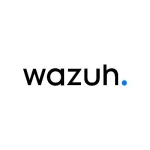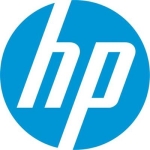We used it for a compromise assessment. That would be for our client. We deployed the agents. It was for endpoint security.
We had been using the solution previously for one of the clients. We were using it for six months, and we did a compromise assessment based on the FireEye Endpoints that were deployed across the group. At that point in time, there were a lot of ransomware attacks in the environment, and it was impossible to identify the source of the attack and where it came from. The tools didn't point to that visibility. We had to deploy these agents across the environment and also monitor the environment using the network security appliances provided by FireEye just to monitor.
We did monitor it for six months, so it was an assessment. In those six months, we did not have another ransomware attack. It was proven the environmental assessment was clean. That was the whole objective of the compromise assessment - to find out if there are any indicators or anything that has gained a foothold in the environment, trying to fend advanced persistent threats from that standpoint.
It is a great solution. The way it exchanges the information between the entire ecosystem, all the endpoints, as well as the network ATP, can trigger the blocking even if it is seen by some other device. If the network has seen something, we can use that to put a block to all the endpoints.
It works in an ecosystem. Centrally, from just one console, you can block malicious attacks across your environment. It provides you with the ability to respond to threats better.
The solution can be expensive.
If it could provide a little more in terms of automating things, for example, in response and automatic playbooks wherein you define whatever it is if you see this kind of a threat. You define the actions that need to be followed. If a playbook could be automated and run without even requiring manual involvement, that is the future we want, and they should look into how to make that happen. That is the kind of capability we want them to build.
In terms of reporting, also, if they could provide a little bit more information from where it started, how it progressed; a complete workflow, how that had progressed from where it was picked up; what was the target stage, what was the next stage, and what was the final stage, that would be very helpful. If they could pick up in a simple pictorial way of representing analysis just like the Cisco ASA Packet Analyzer used to do, that would be really helpful.
We used the solution for six months.
The stability has been very good. There are no bugs or glitches and it doesn’t crash or freeze. It’s reliable.
The product can scale. It’s not an issue at all. 20,000 users were using the solution with no problems.
We have contacted tech support. Tech support was brilliant. They were very knowledgeable, very skillful, and very responsive, and they knew the subject matter. They knew what we were asking for.
The agent installation was okay. It was just a package that was installed. It also provides options to customize and fine-tune based on the system's performance. It's not too heavy on the systems or the servers.
On the network side of things, I think there were challenges to getting that working. We had to do a couple of alterations in terms of making it work, mainly since the appliance's model was provided using a special-purpose SFP, and the compatible SFP was not available in the client environment at that one point. We had to procure it specifically for that assessment.
I’d recommend the solution to others.
I would rate the solution eight out of ten.





















